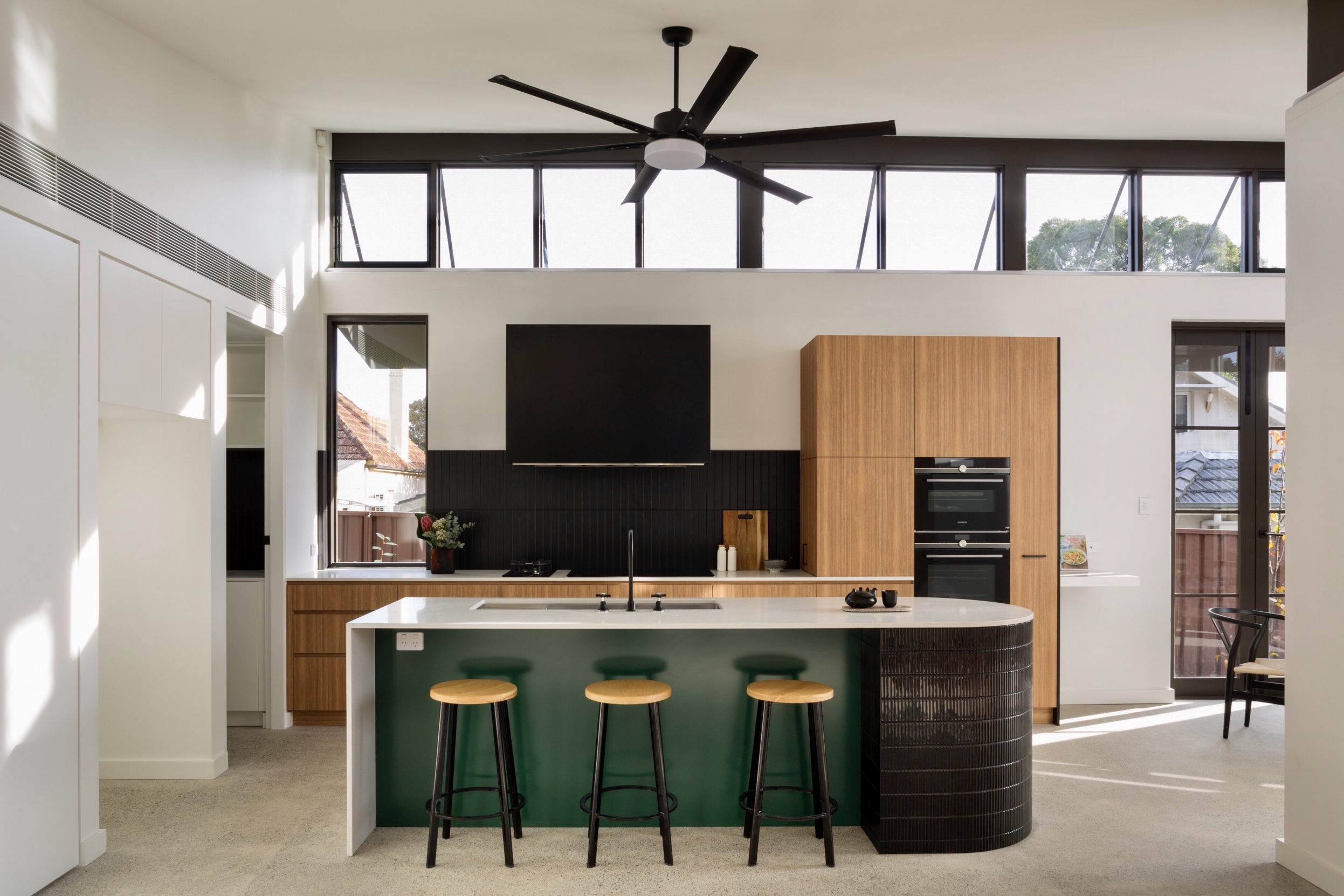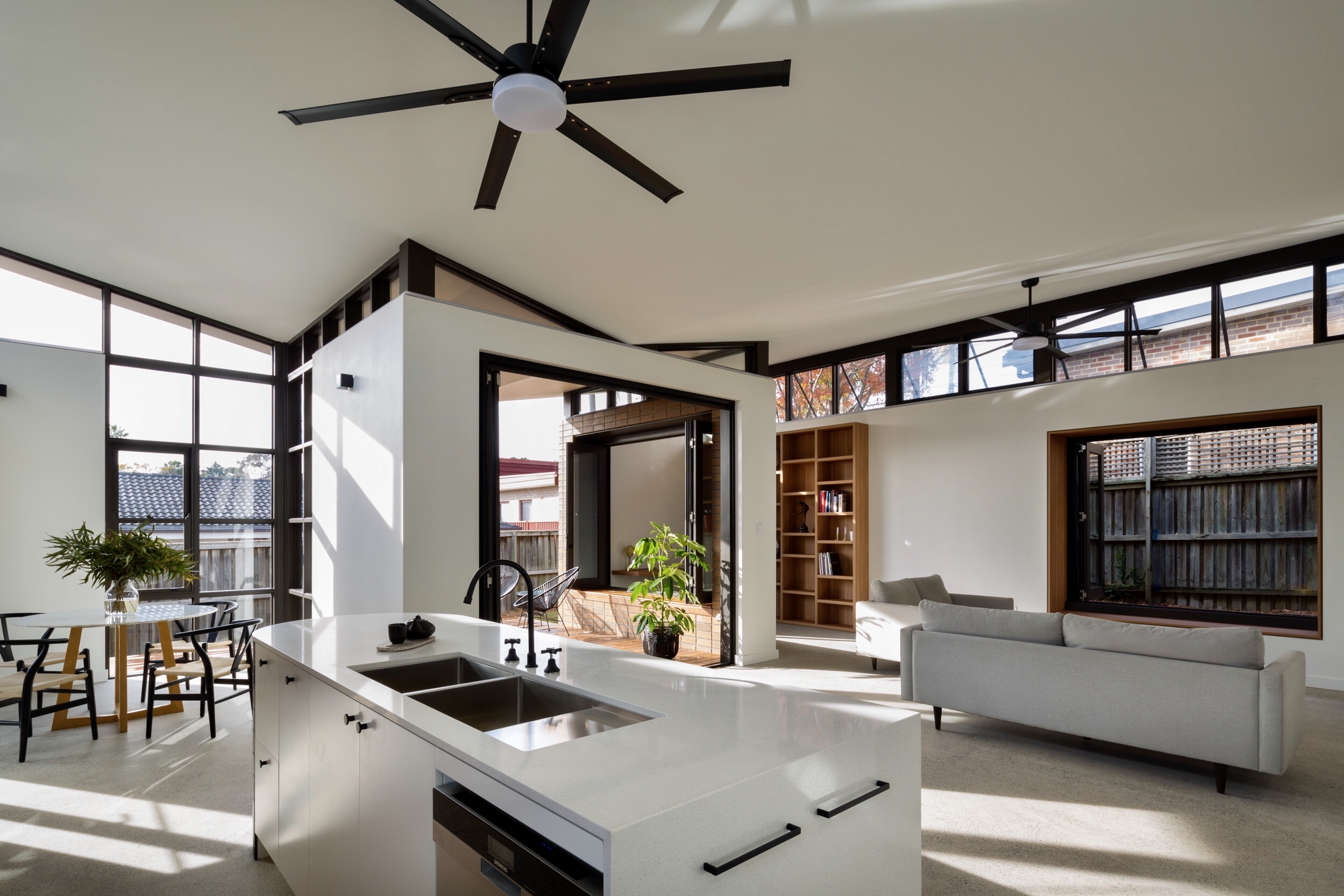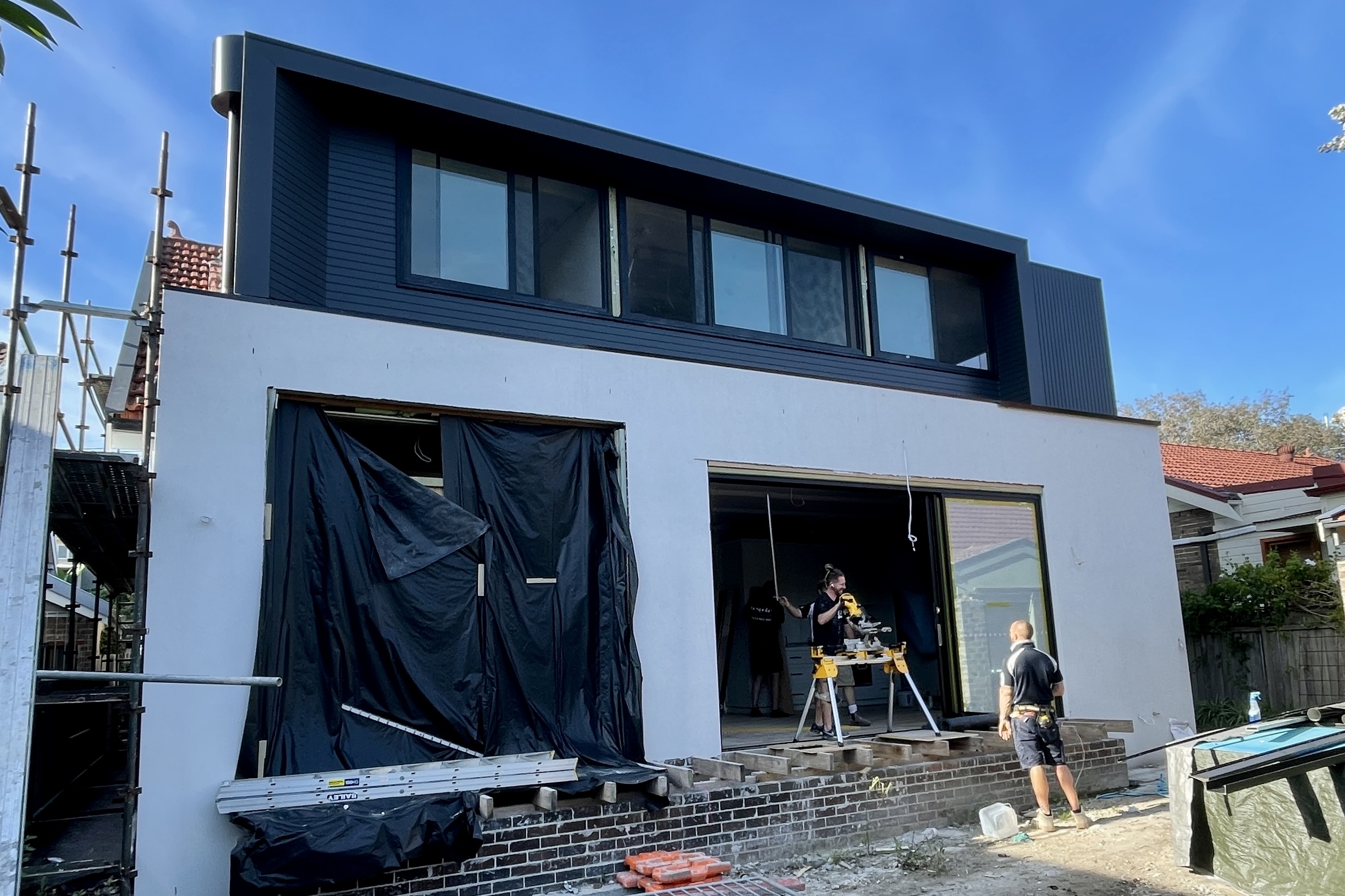Questions you should ask when choosing your builder:
13 November, 2020 | Mikala Chapman

The ‘right’ builder will mean different things to different people.
What is considered a priority can vary greatly, however the high priority considerations are most often the cost of the project, the builder’s reputation and the quality of the work.
The tender phase of your project can be quite stressful and confusing.
Unfortunately, some builders have unclear and misleading tender documents, with the finer details clouded in smoke and mirrors. Regrettably, these tactics are sometimes used to secure the job. By having a good understanding of the right questions to ask you will be better positioned to identify the errors and misleading information, resulting in far less chance of a budget blow out.
Looking beyond budget, choosing a builder based on the quality of their work and the service they offer would have to be a top priority. You must be willing to accept that you may need to look beyond the cheapest price to find the ‘right’ builder.
Afterall, you are trusting the builder with one of the biggest undertakings of your life, and you will be working alongside them for what is often a long period of time.
We firmly believe that vetting undertaken by both the builder and the client is so important to work out whether the two parties can work well together. Setting good foundations for a relationship based on honesty and trust will ensure a smooth build process with far less stress, creating a home that has ‘good vibes’ from the very beginning.
Important questions you should ask:
How have the provisional sums been determined?
Understanding the impact of your PS Sums/Provisional sums would be one of the most aspects of your tender.
Provisional sums are allowance’s the builder makes for tasks where the final selections are not yet confirmed, or where there is detail lacking at the time of tendering.
The PS sum is an allowance or an estimate for the labour and materials that are required to complete the task. Because they are only allowances or estimates they are subject to change depending on the ‘actual’ final cost of completing the task.
It is important to understand that you the client pays for any shortfall in the difference between the provisional sum/estimate and the actual cost of completing the task, not the builder. But should the cost come in less than the PS Sum allowed, you are credited the amount.
Under the provisions of the building contract, the builder is also entitled to charge an additional builders’ margin on top of the difference.
For example: Perhaps, the builder starts digging to lay pipes, and instead of dirt, they are faced with a large piece of limestone blocking the path. These things can’t reasonably be known at the time of quoting. So, the builder can only estimate the costs as a PS Sum, therefore the additional cost for the dig will be charged to carry out the task.
Changes to the PS Sums are one of the most common areas where clients experience budget blow outs, this is where you need to be careful and thorough when checking the PS Sums that have been allowed in you tender to be sure that they are realistic.
Understanding how the provisional sum has been determined is important, is it simply a guess, or has the builder put some work into arriving at a figure that will at least be close to the actual final cost?
For example: A quote has an allowance or PS sum of $2000 for excavation. The actual cost is more likely around $10000. Because of this there will be an $8000 variation, possibly with a builder’s margin on top. So, the excavation will cost you an additional $8000 plus margin on top of your original tender price/quotation.
A tender that contains a lot of provision sums (PS sums) may be a lazy approach to quoting or worst case could be a strategy to make the tender appear more competitive.
Another reason could be the documents/plans for the project are lacking in detail or are unresolved, therefore creating too much risk for the builder to put a firm price on the task. By having thorough and detailed plans for you build you eliminate the risk of cost blow outs because the builder is able to give you a firm and accurate price.
What is included in the inclusions schedule?
Along with detailed drawings an inclusions schedule should be included in your tender package. Essentially an inclusions schedule is a list of all the smaller details that are not dealt with in the drawings package. By having an inclusions schedule this will enable the builder to prepare a quote that is more thorough, accurate and transparent.
Many of the items seen in an inclusions schedule are represented on a plan but not clearly detailed in any way. For example, what type and quality are the bathroom fittings, are lights and towel rails included? Are the floor tiles budget or high quality, are the bathroom wall tiles full height of half height?
Detailed drawings alone are not enough to get an accurate quote or clear understanding of what it is your end result will be. An inclusion schedule ensure that quotes are more thorough by clarifying and identifying items that are often left out of quotes, only to become variations or additional costs.
By making sure your builder has included all of the items nominated on the inclusions schedule, you will find you are comparing apples for apples at tender time.
How have the demolitions costs been calculated?
Demolition is a cost that might be included in your quote as a PS Sum and is subject to change. It is important that the costs associated with demolition and excavation are clearly set out in your quote so you can understand the full costs of the demolition that have been allowed.
If the builder has nominated the demolition and excavation as a PS Sum/Provisional sum, you should have a clear understanding of how much has been allocated for the works and how those costs have been estimated. Then, by comparing the allowances made by each builder, you will know which builder has been more generous and considered with his allowance, therefore will reduce your risk of a cost increase.
What is not included in the quote?
Working your way backwards can sometimes be a good way of understanding of what is actually included in your quote. By highlighting excluded items, it will help you to understand if you are comparing apples for apples when looking at multiple quotes. For example, some of the most common items not included in a quote are, government fees, asbestos removal, floor coverings and window furnishings.
If any of these items are required to be included in the builders’ scope of works, then you can ask to have them added to your quote.
Does the builder pass on their trade discount for Prime Cost Items?
Builders often get trade discounts; the discount will vary from supplier to supplier and even from one product to the next. One way a builder can add value to the quote is by offering the clients their buying power, by passing on their trade discount. This means when you select prime cost items/pc sums such as bathroom fittings or floor tiles you will be able to make a saving over & above what you may usually expect. If you have a large quantity of PC items the savings could be in the thousands, so it could be well worth asking the question.
All PC sum’s or prime cost items will need to be listed in a schedule much like the inclusions schedule. The description and list of the pc items must be as precises as possible to ensure you are comparing the quotes comparatively and you are getting an accurate price.
Who will I be dealing with during the build and who will be running my project?
There are many different kinds of builders who run their businesses in different ways. It is important to understand the kind of builder you will be working with and whether or not you feel comfortable with their structure and the way in which they operate.
You may like the idea that the same guy who did the quote is also working on site, or is the builder a project manager whose only tools are his computer and mobile phone. Many larger building companies employ a site foreman to manage individual projects with a building manager overseeing the back-end administration works.
It is important that you have an understanding of how the business is structured and who will be your point of contact on a day to day basis. It is a good idea to ask how many projects the builder, manager or foreman is typically responsible for at any given time, how will you be kept informed throughout the build process and how often do site meets take place?
Can you see examples of previous projects and obtain client feedback about their experience of the build?
If you want to be sure that a builders marketing spill is reality you need to see it and feel it in person. Walking through a past project and or hearing genuine feedback will allow you to compare the level of quality and attention to detail that the builder upholds. Any builder who is confidant in their workmanship and level of service should be more than happy to accommodate this request.
Latest From the Blog

What details are typically included in a set of residential architectural plans.
7 February, 2024
A typical file set of architectural plans for a residential building includes a variety of documents that provide comprehensive guidance…
Read More...
How to choose an Architect
13 November, 2023
Choosing an architect is a crucial step in the process of designing and building a home. Loving an architect’s work is…
Read More...
How much do home renovations increase home value?
22 August, 2023
The increase in your home value due to renovations can vary widely depending on several factors, including the type of…
Read More...